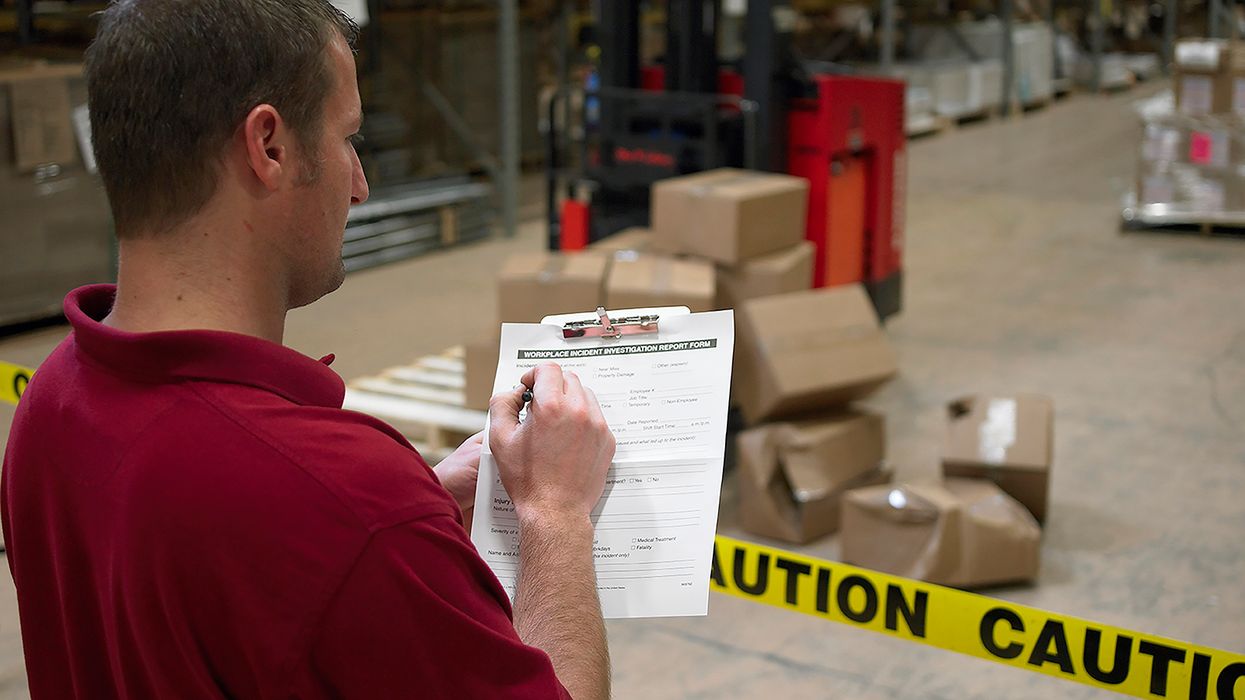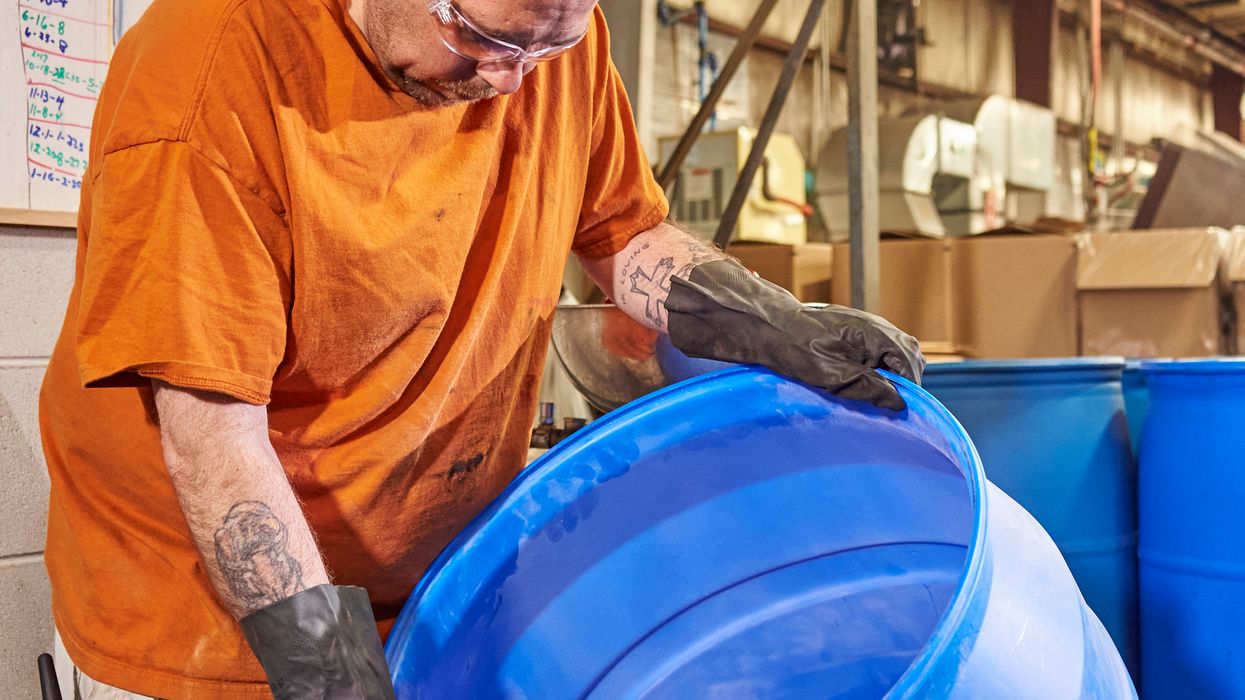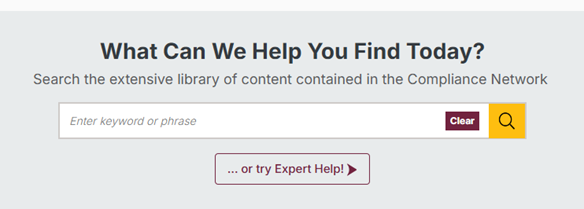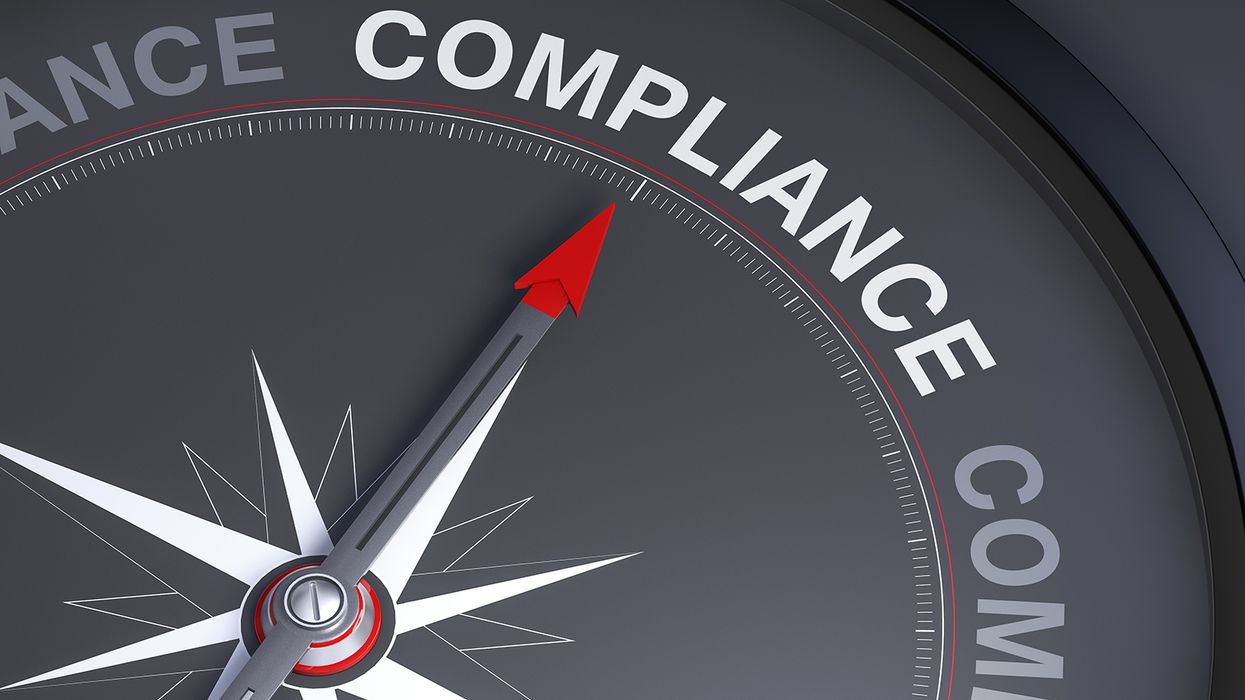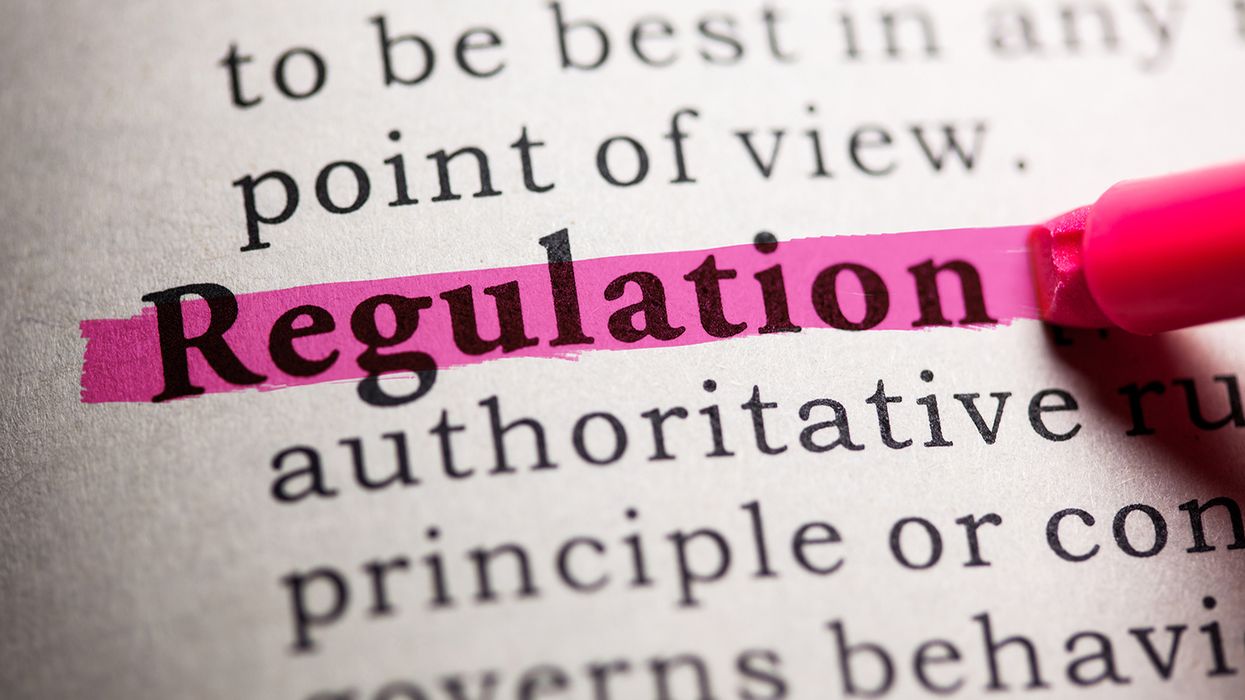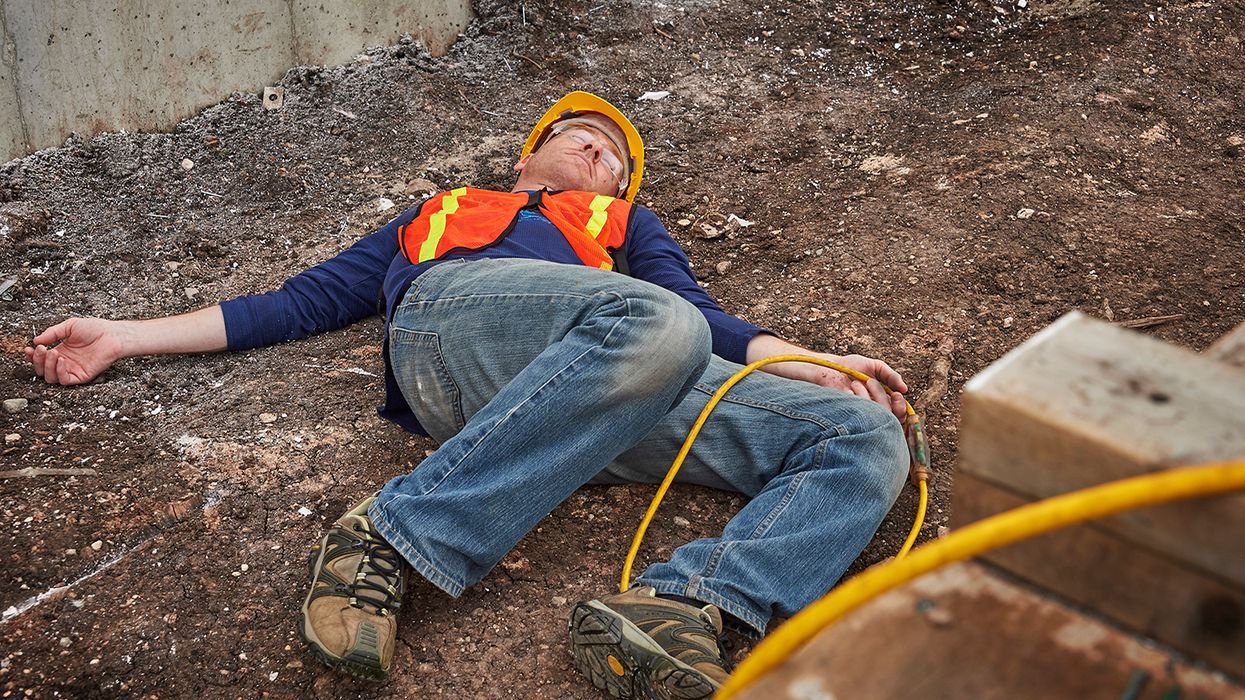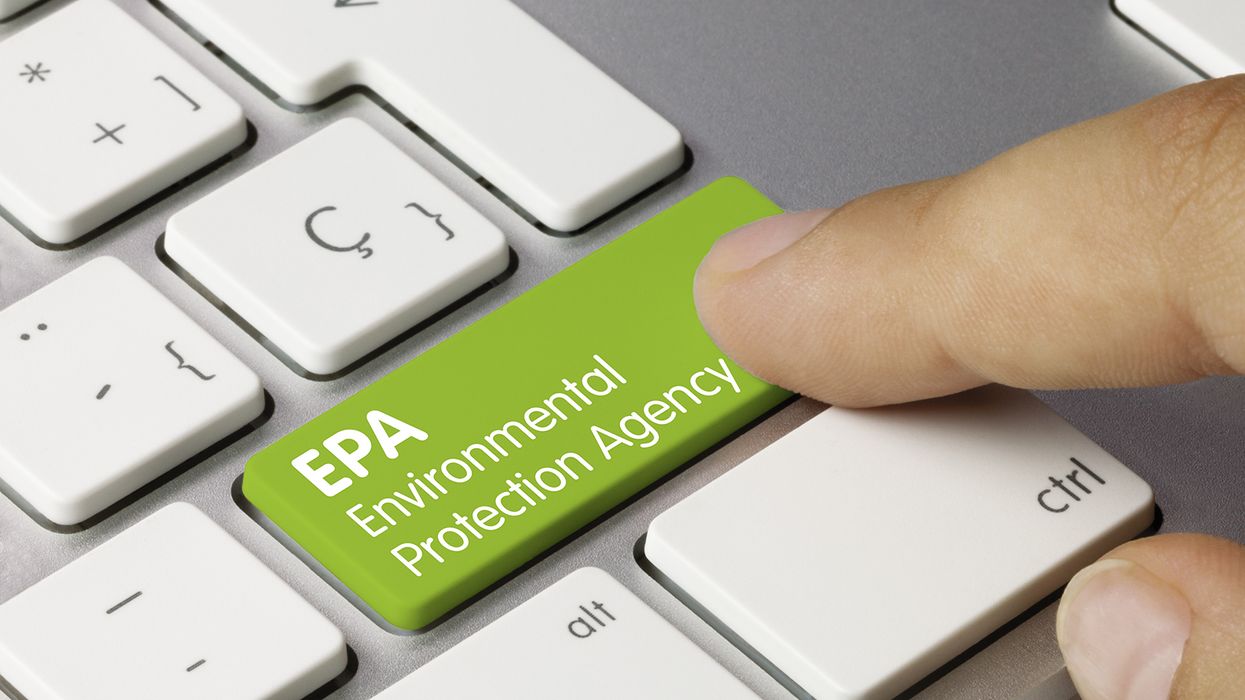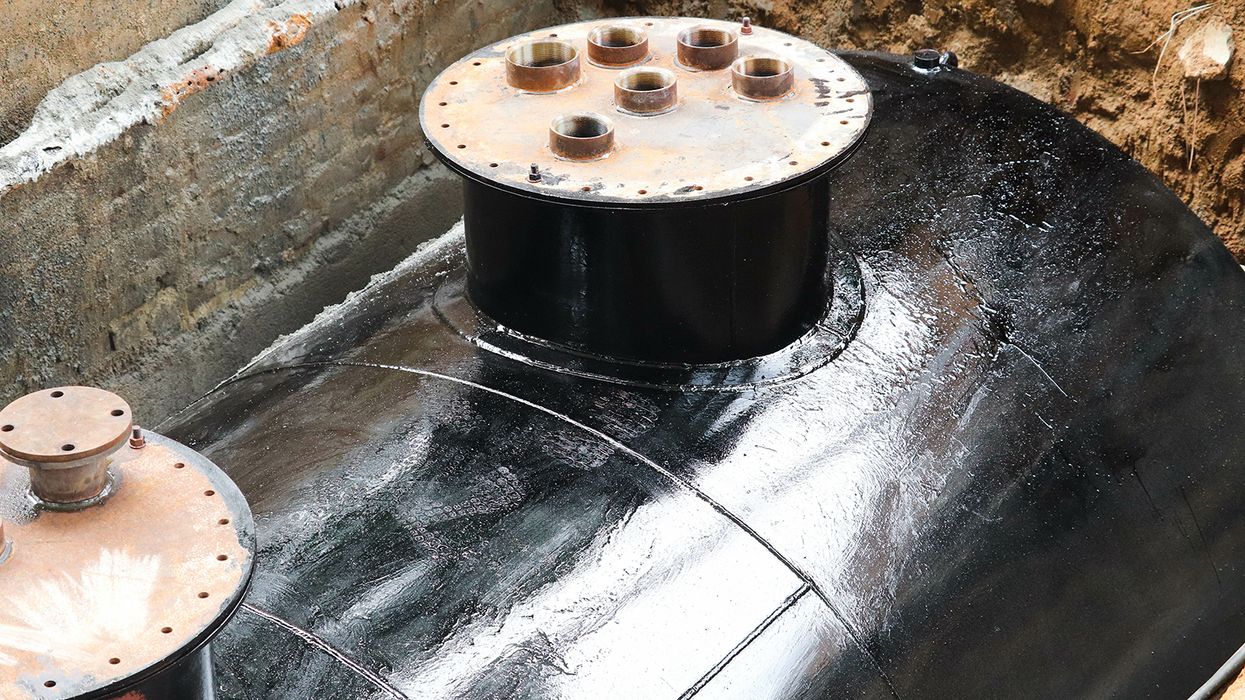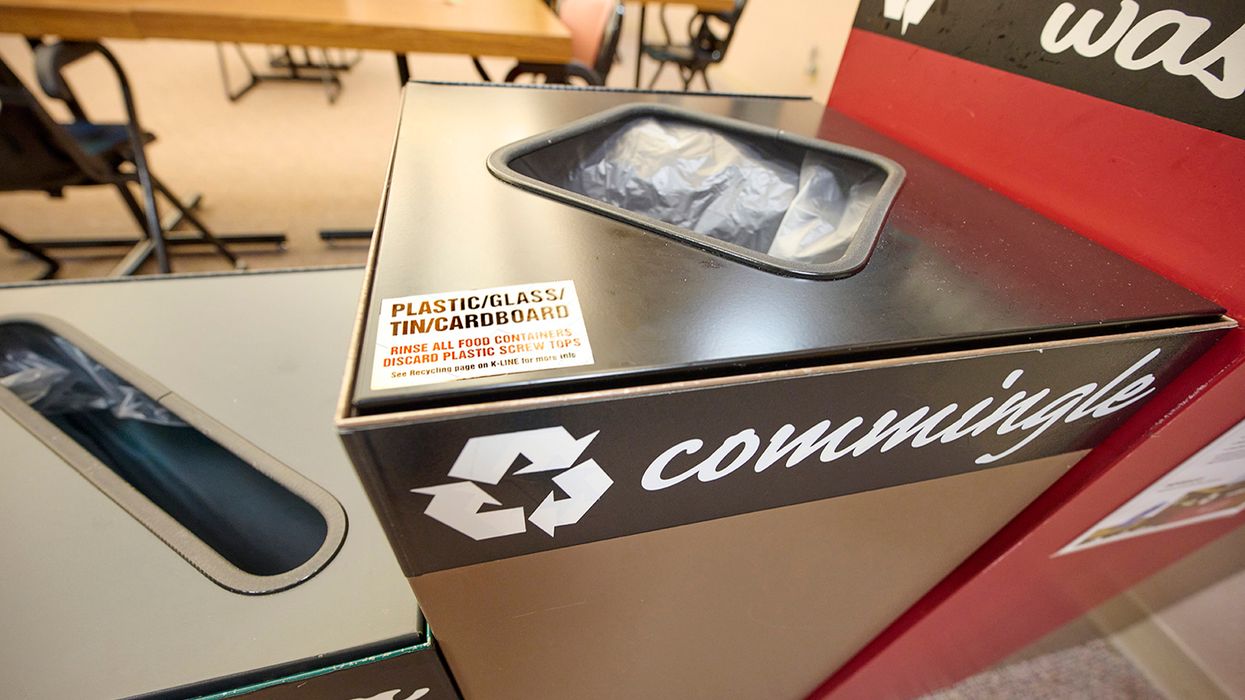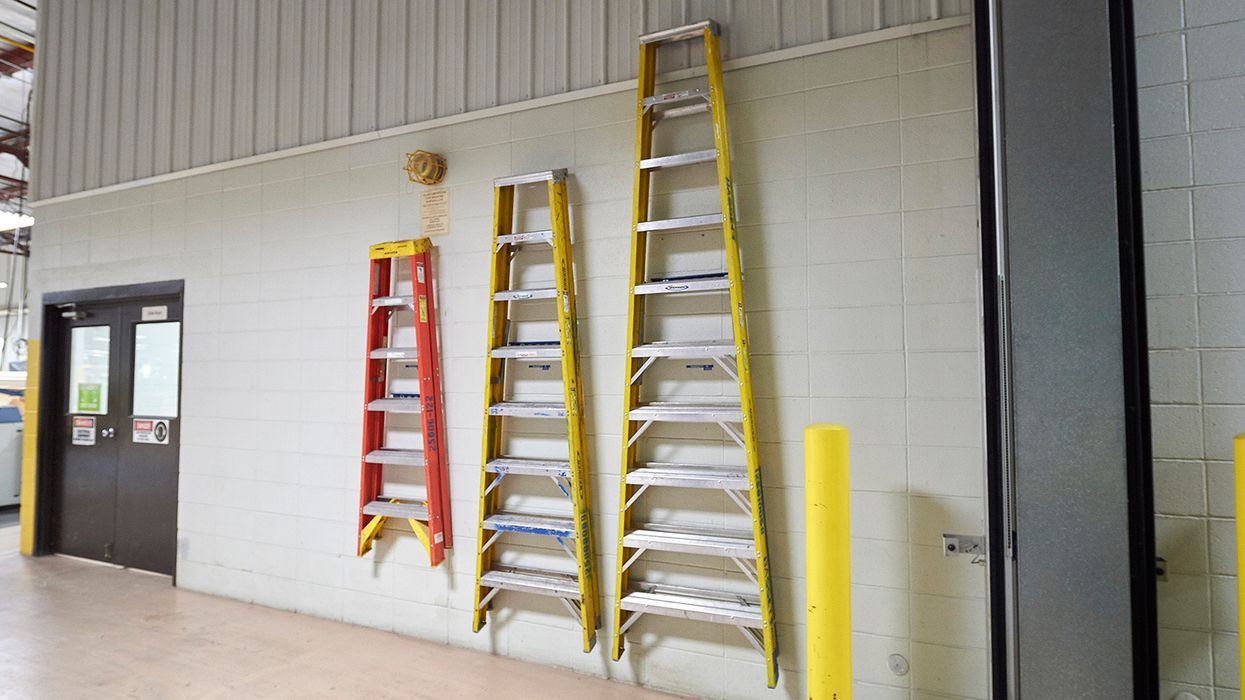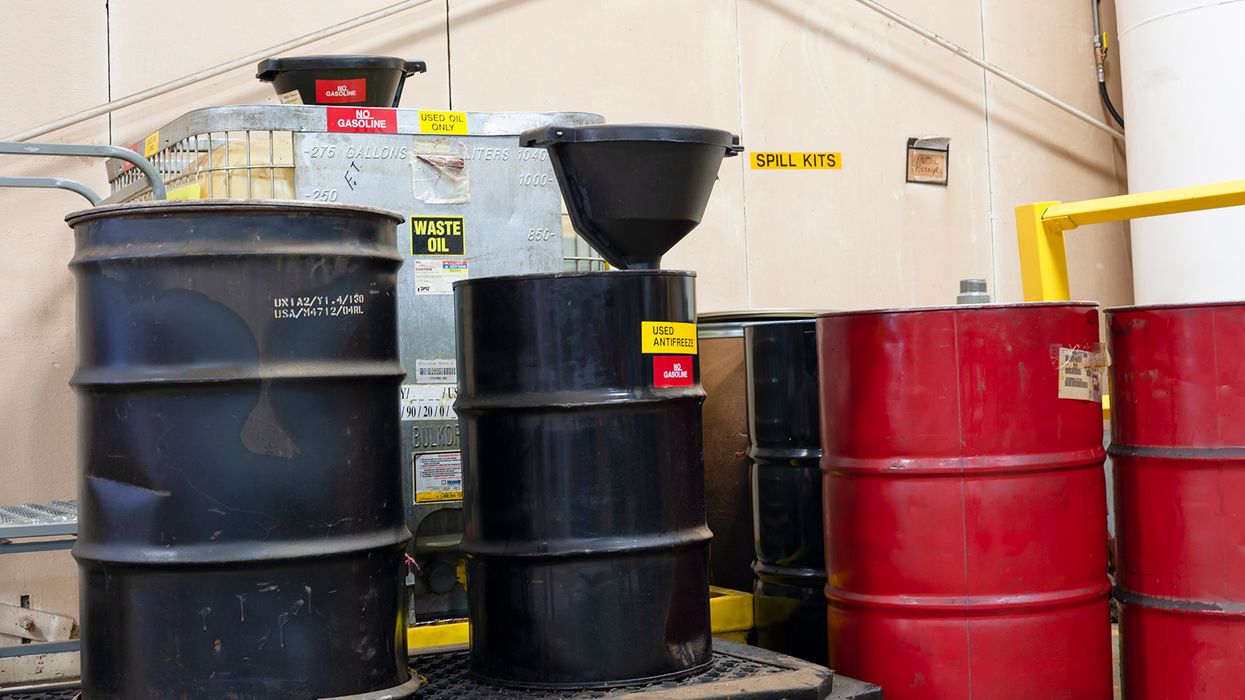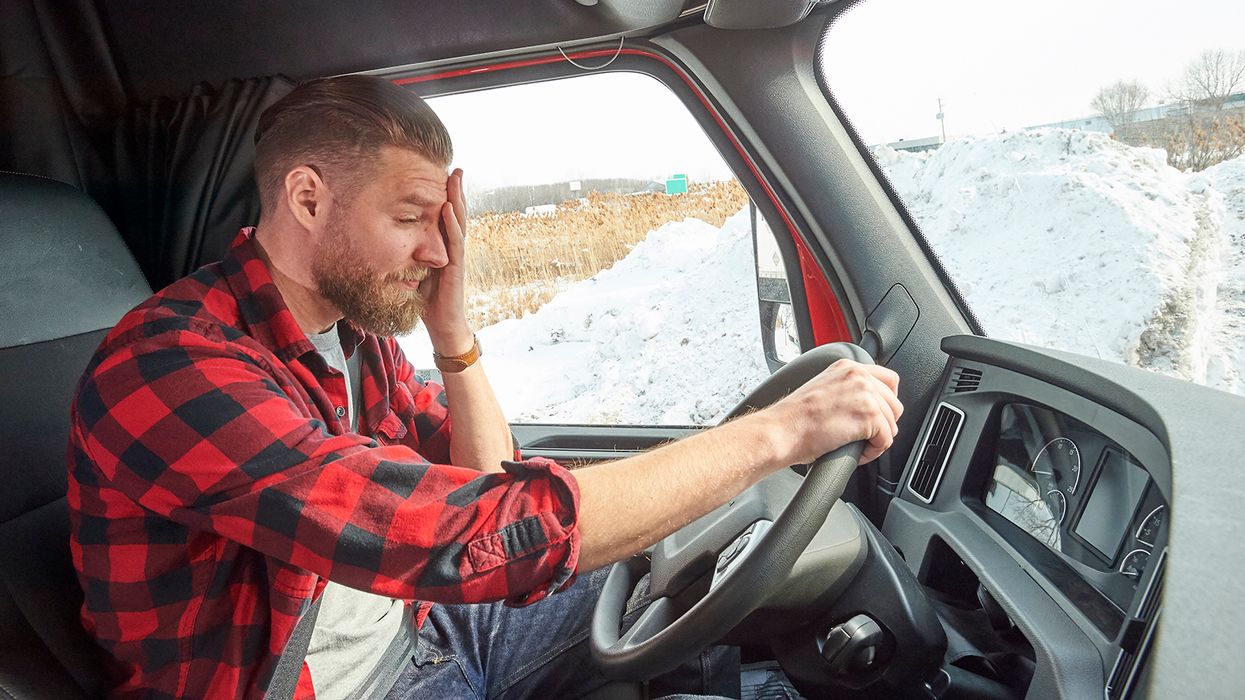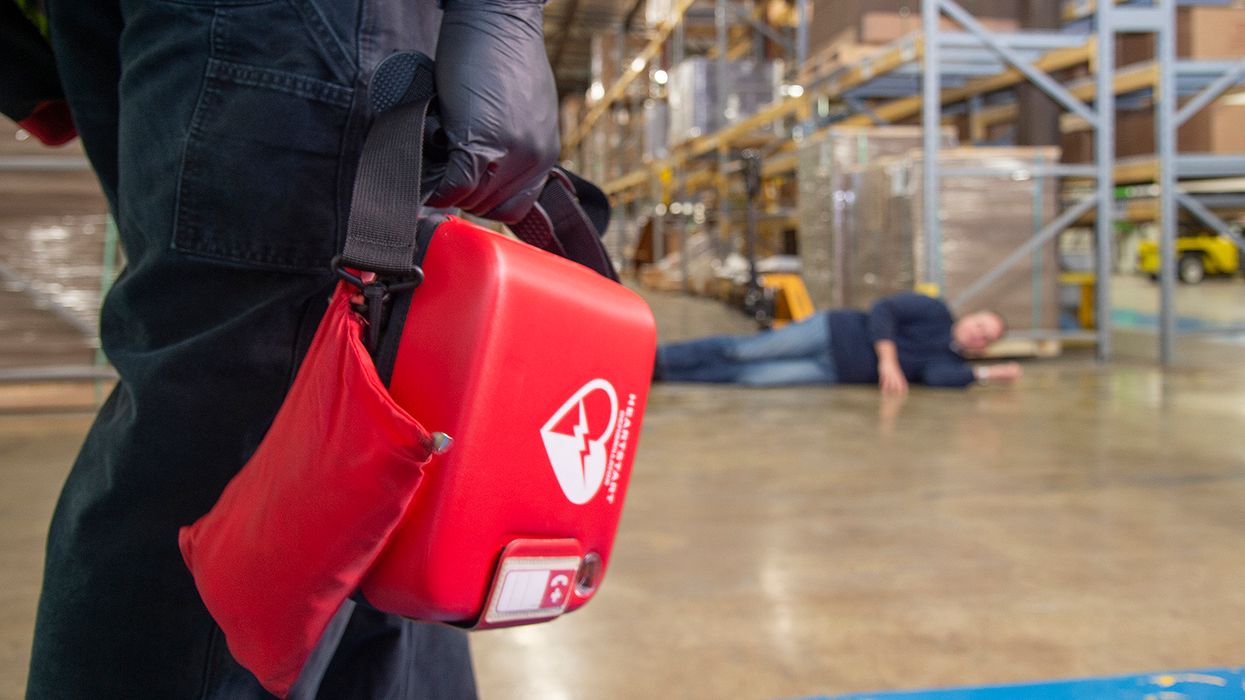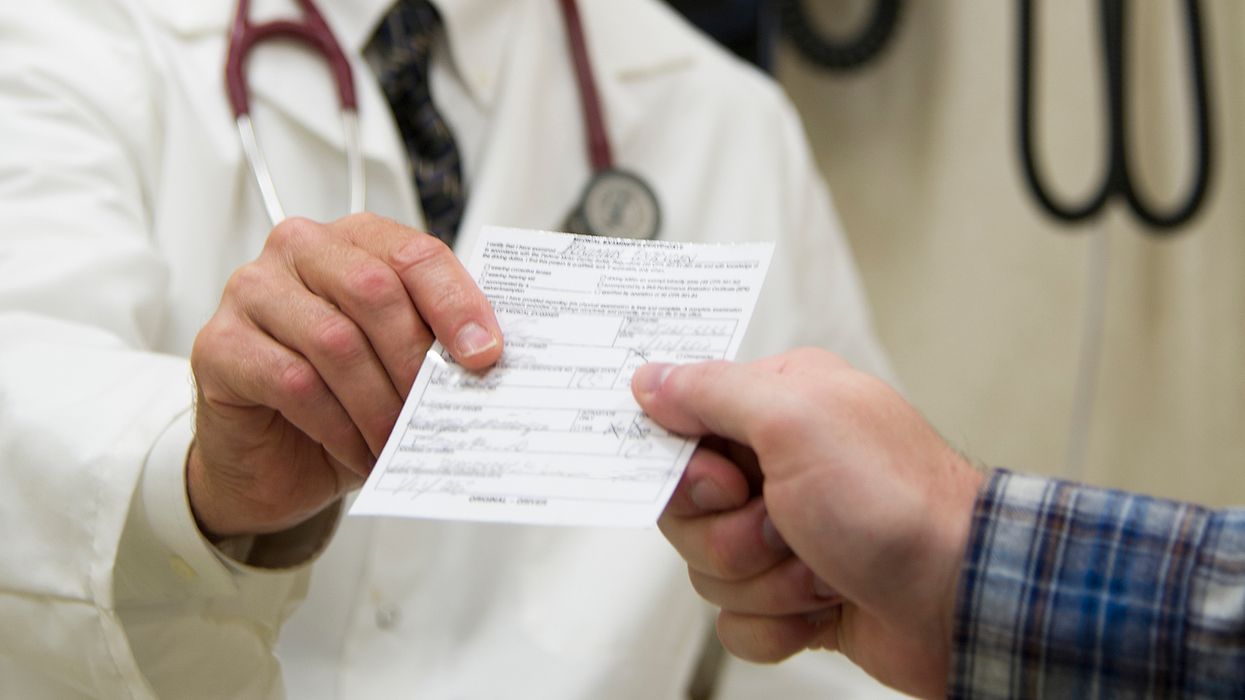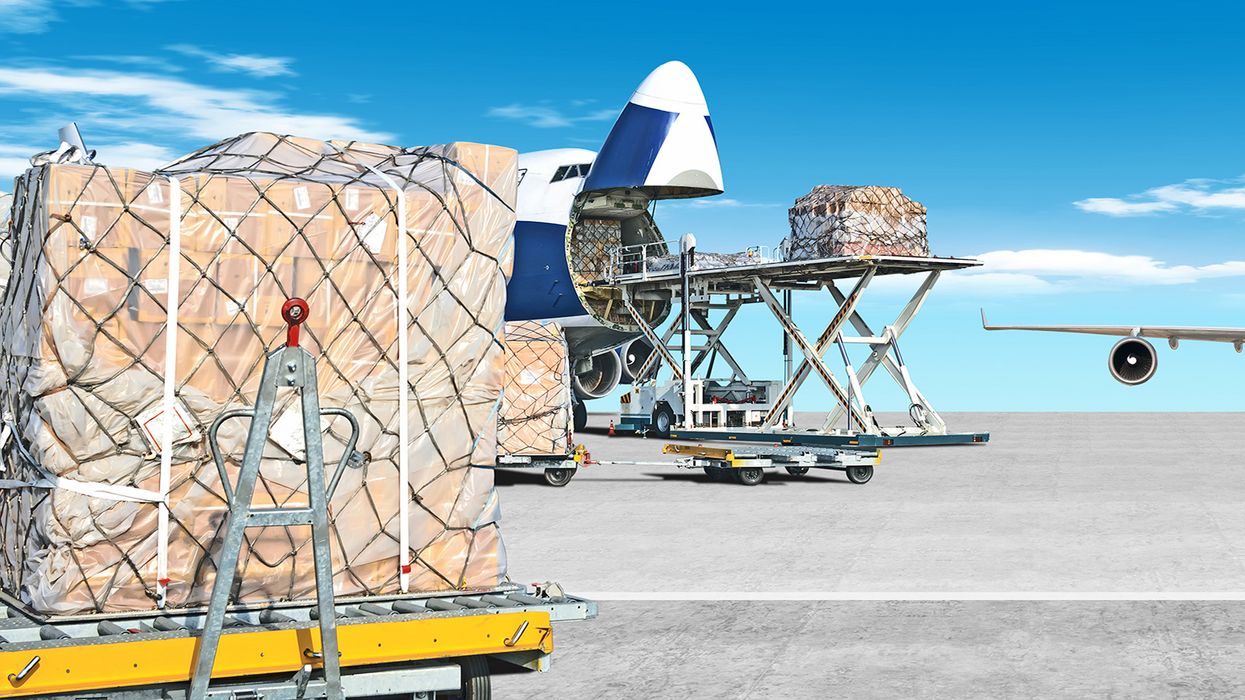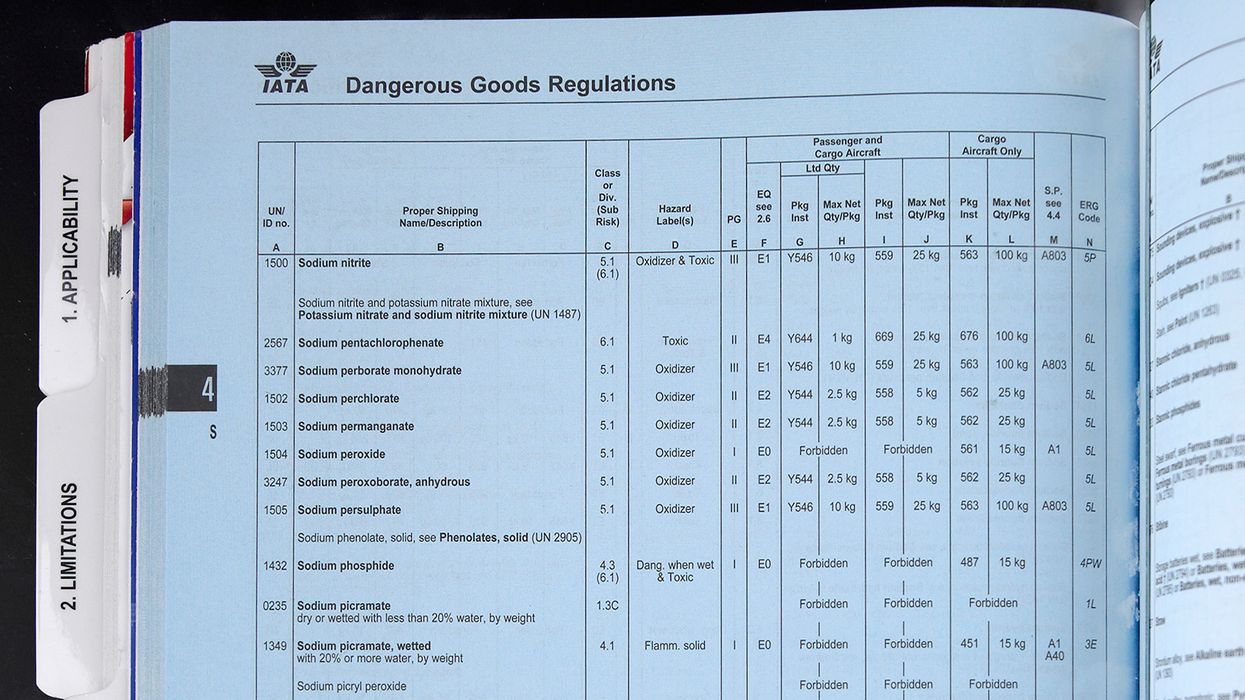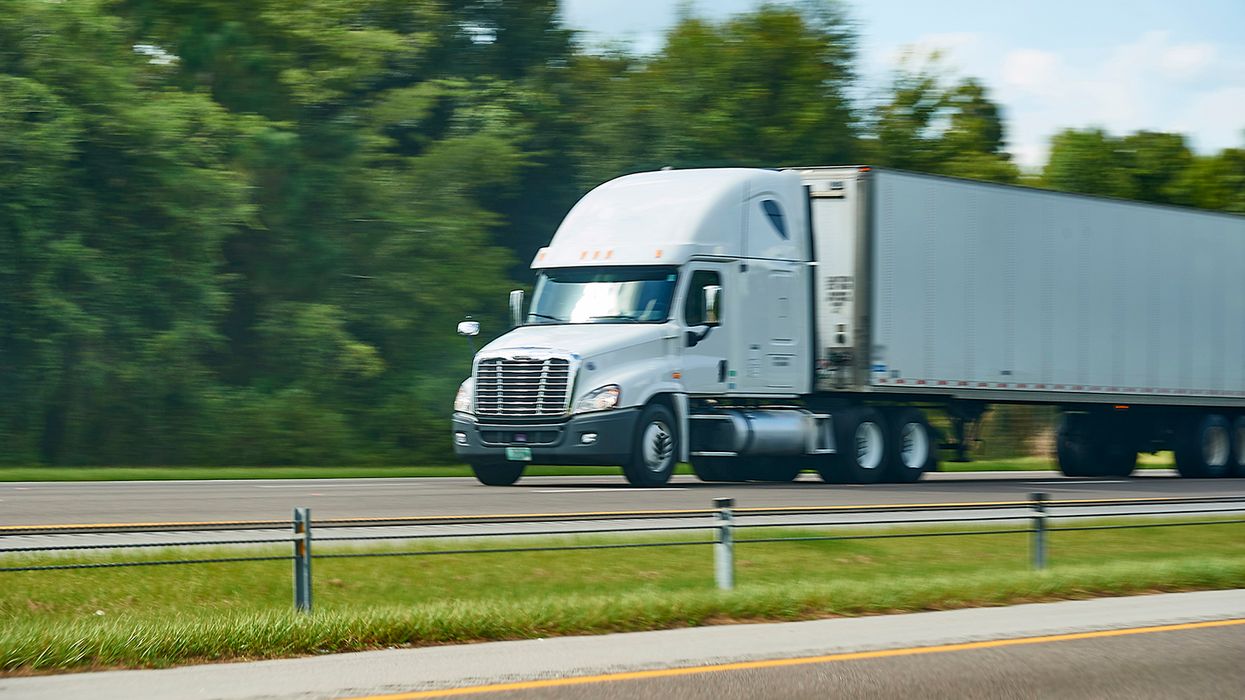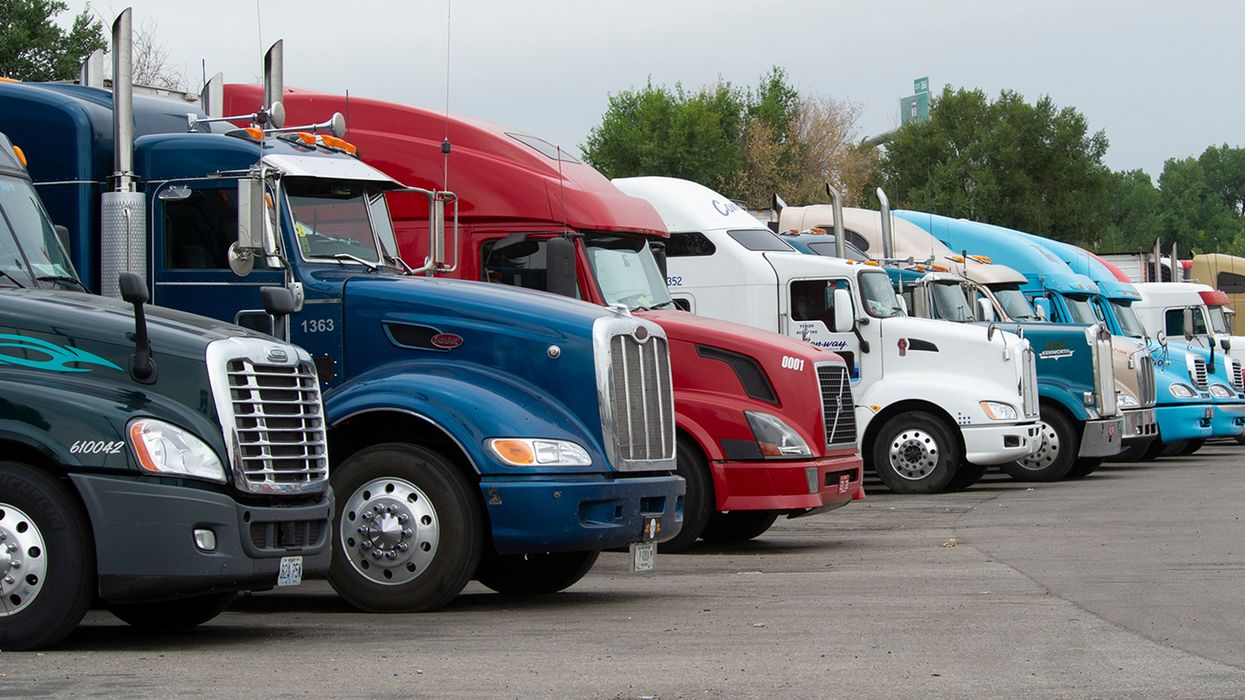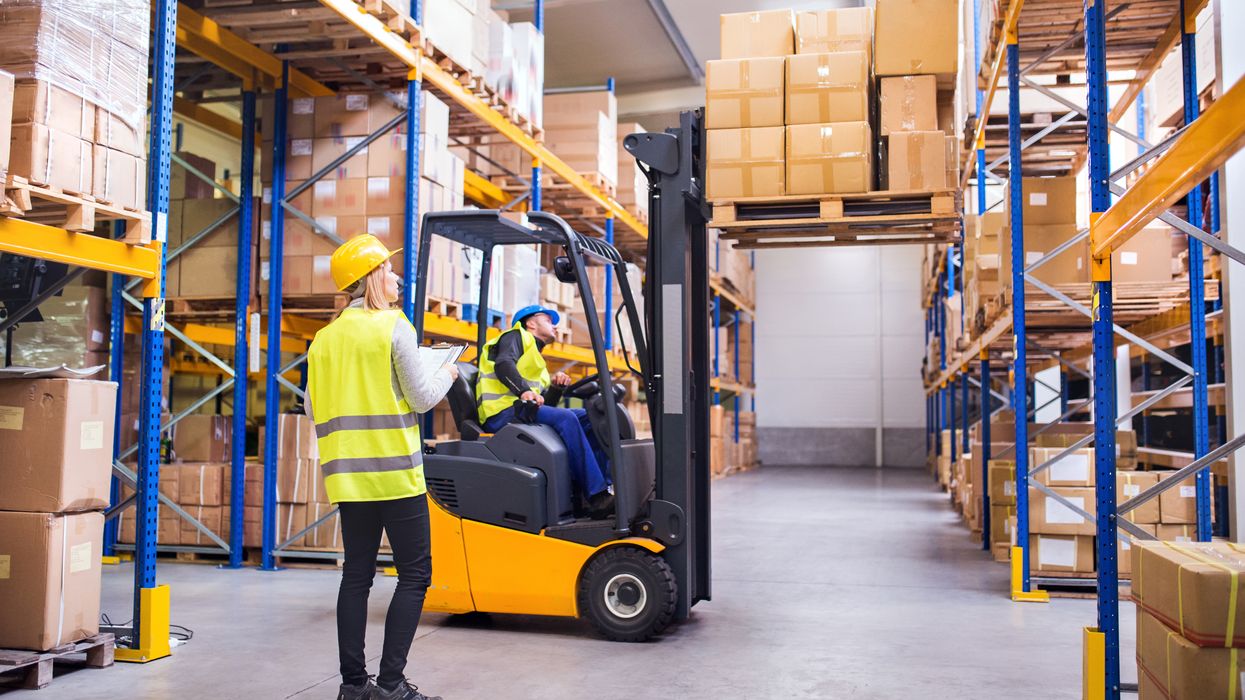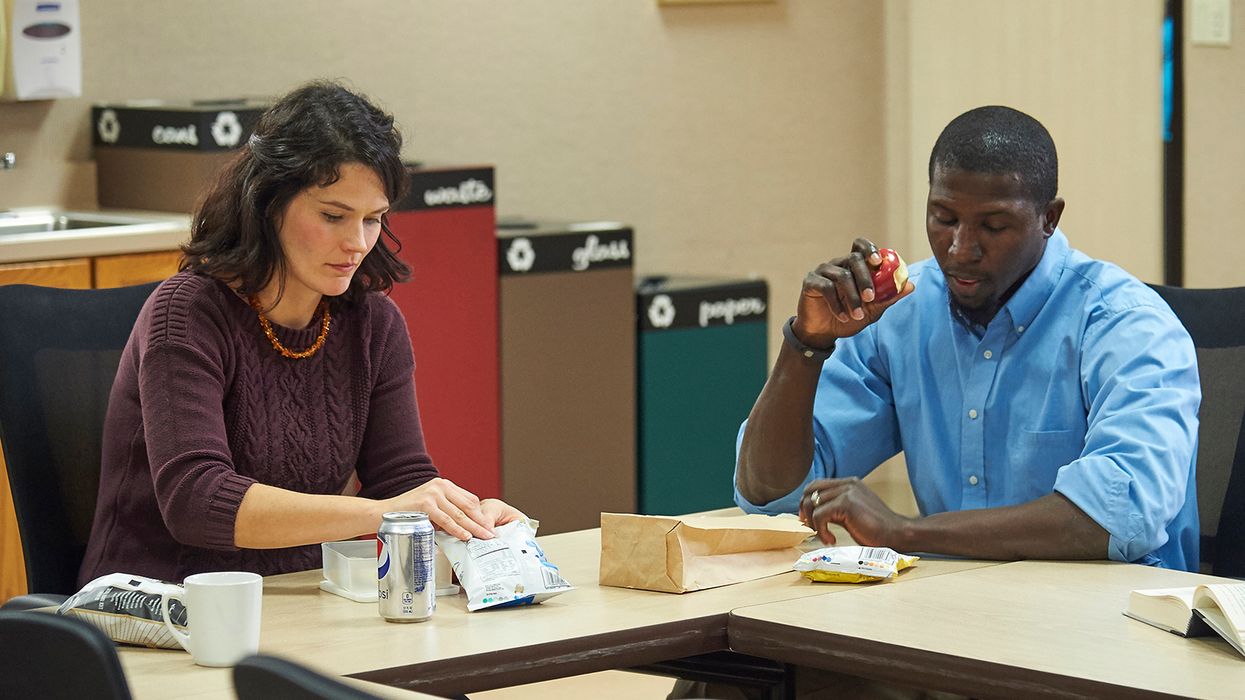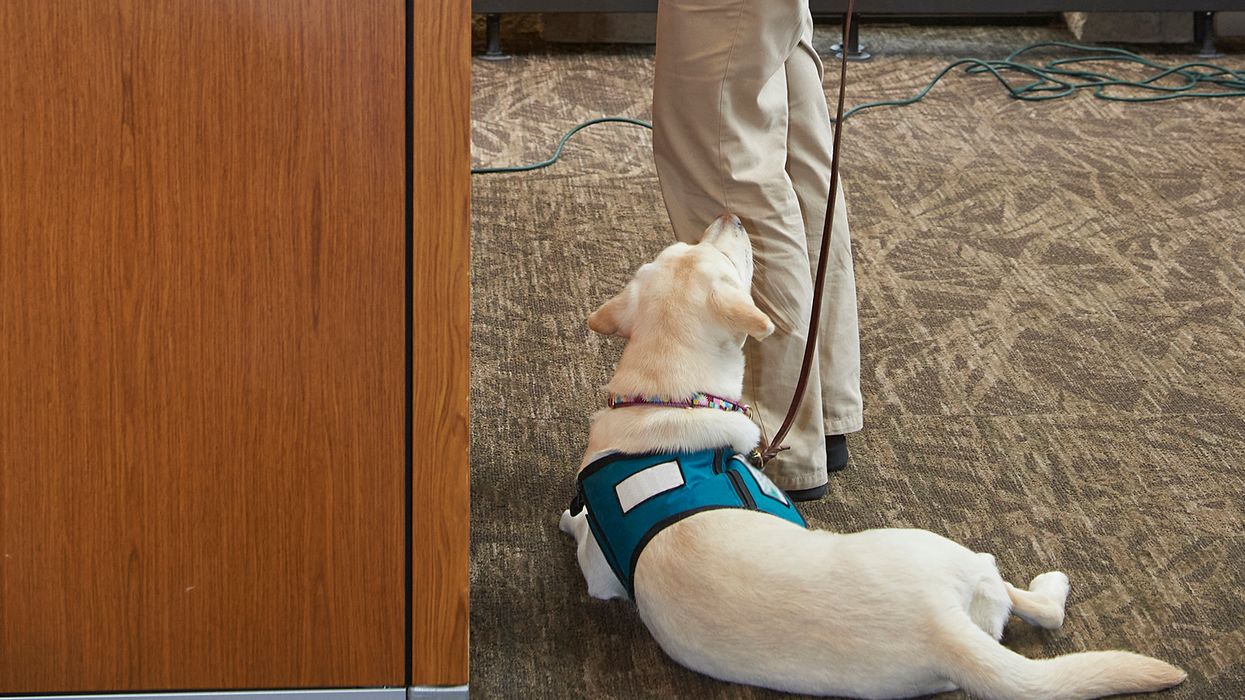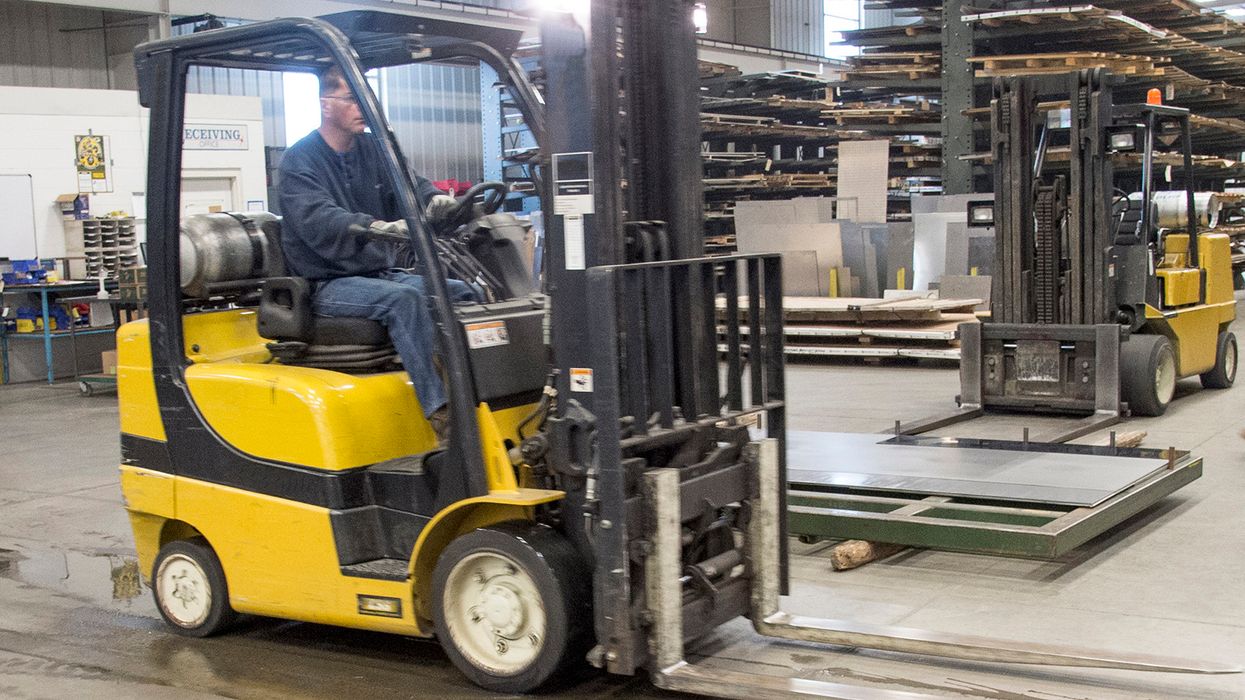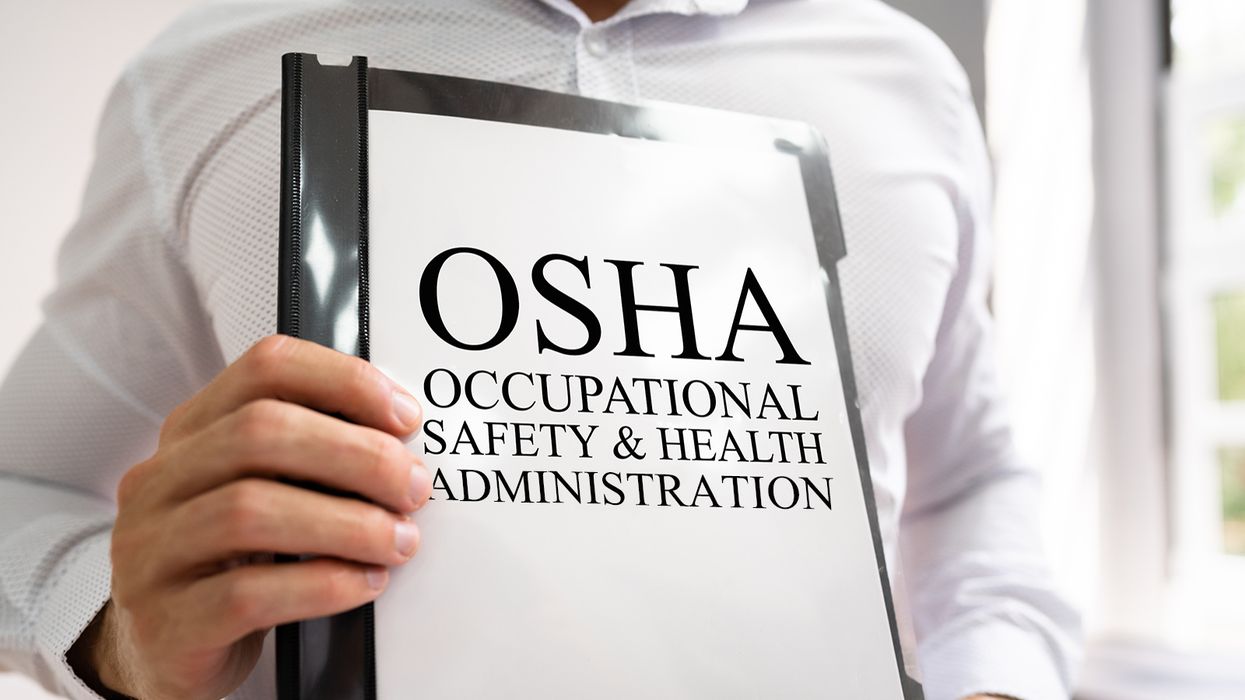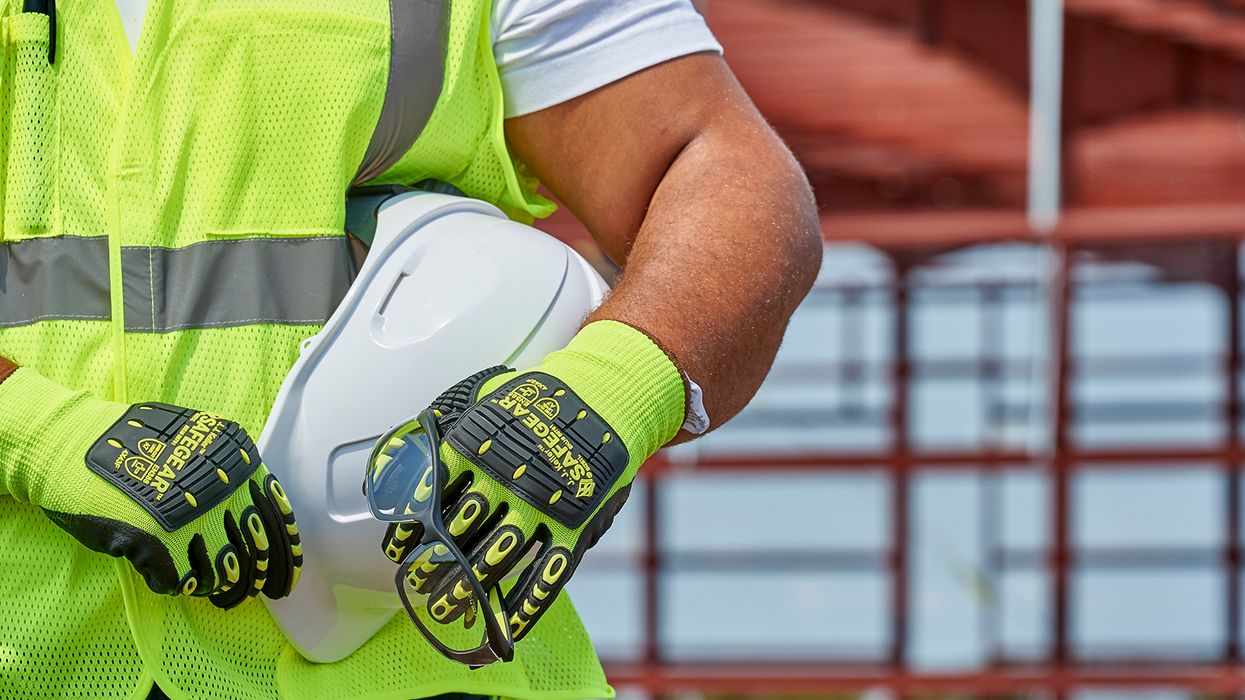From near miss to high hit: Leveraging reporting as a lifesaving strategy
Some call them “near misses;” I call them “near hits.” Either way, if they aren’t reported and investigated, lives can be lost in a matter of seconds. Indicators that an incident is likely to occur may be weeks, days, or mere hours before a tragedy strikes.
A tragic example happened recently in Michigan, where a 27-year-old worker lost their life while setting steel trusses on a school gymnasium. According to MIOSHA’s preliminary investigation, just hours before the fatal incident, a near miss occurred when unsecured trusses fell, one of which struck the aerial lift that the two workers were using. The two workers then used the aerial lift attempting to reinforce the steel trusses, when multiple trusses fell for the second time. The trusses landed on the aerial lift, trapping the two workers inside. Both workers were rushed to the hospital where the 27-year-old was pronounced deceased as a result of critical injuries.
This is just one of the 13 Michigan deaths reported for 2025. How many could have been prevented by recognizing and investigating the warning signs leading up to them?
Identify near miss/near hits
A near miss, or “near hit,” is defined by OSHA as an incident “in which a worker might have been hurt if the circumstances had been slightly different.” In other words, you got lucky that something worse didn’t happen!
Studies have shown that for every fatal or serious injury, there were likely reports of more minor injuries, near hits, and a foundation of workplace hazards or behavior that should have been addressed.
Here are some examples of near hits to give you an idea of what to look for:
- Unsecured material falls, but the material didn’t strike anyone.
- A worker trips over an unmarked step and falls without injury.
- A worker hops from a piece of heavy equipment to avoid the broken steps but doesn’t get hurt.
- A worker’s shirt sleeve gets caught in a conveyor but tears before their arm is pulled into the machine.
- A worker gets their foot caught in a large gap in scaffold flooring, but they didn’t fall off the scaffolding.
- A forklift narrowly escapes hitting a pedestrian when rounding a hidden intersection.
- An equipment operator almost starts a piece of machinery being maintained due to missing LOTO devices but notices the electrician working on the equipment.
- A small section of soil falls into a trench before workers enter to perform work.
- An elevated load almost strikes a worker when the load began to sway in the wind.
- Hot welding slag lands on a rag used to clean flammable materials but didn’t ignite.
Are these types of scenarios being reported in your workplace? If not, why not? If so, what is being done about it? Are investigations being carried out to determine what corrective actions can be taken to prevent an incident from occurring the next time, or when luck runs out?
Near hit reporting is a crucial component of a proactive safety and risk management program. These close calls may not cause injuries, or property or equipment damage, but they are precursors to potential workplace hazards and risks. Workers often overlook these incidents due to their seemingly harmless nature, but when reported and acted upon, they can serve as early intervention points to prevent serious accidents involving property damage, serious injuries, or even fatalities.
Leverage reporting
Near hits (or near misses) are valuable learning opportunities, and smart employers know how to use them to improve safety and prevent future incidents. Here are some examples of how employers can encourage reporting:
- Explain the direct correlation between near hits and actual incidents;
- Demonstrate how near hit reporting helps fix issues before injuries can occur;
- Define expectations that all unsafe conditions, behaviors, or perceived risks must be reported;
- Provide training that focuses on hazard identification and implementation of controls;
- Perform near hit investigations as you would any other incident. Identifying root causes and contributing factors are essential for incident prevention.
- Analyze near hit reporting compared to incident rates to evaluate safety performance improvements;
- Encourage employees to participate in safety committees to help identify hazards and prevent incidents; and
- Implement a safety recognition program that rewards employees for prioritizing proactive safety behaviors.
Workers must develop the habit of reporting near hits just as they do incidents. Likewise, employers must be diligent in enforcing near hit reporting as well as investigating each report. Think of these close calls like playing the lottery — you keep playing to win — the more you “let them ride” and ignore them, the closer you get to hitting the “jackpot.” Only in this case, it’s one you don’t want to win!
Key to remember: Identifying, reporting, and investigating near hits and taking corrective action to eliminate them are essential for avoiding serious incidents and fatalities in the future.

